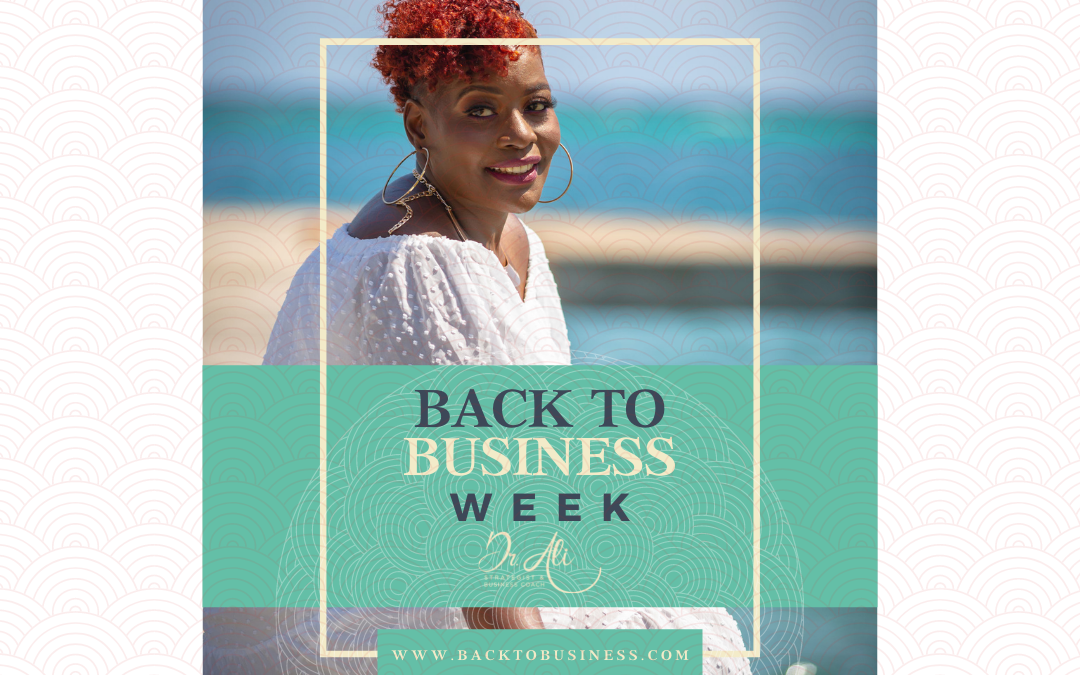
5 Tips to Getting Started with your Brand
Branding is crucial for your business, I can’t say this enough. It defines who you are to your customers and helps them identify you.
Get a notebook and paper and let’s do quick exercise.
1: What is your brand’s purpose?
First, we need to identify your brand identity. What is your brand’s purpose? Write it down. What do you want your brand to achieve? What is your brand personality?
2: Who is your brand consumer?
Once you’ve identified this, let’s start asking yourself WHO your ideal customers are. Who are you targeting with your brand? Who are you trying to reach. Write. It. Down.
The important thing to remember here is not to go too broad or too narrow. Just think about your ideal client your selling your brand or service to. What do they look like? What age are they? What demographic? Where are they from?
Not only does this help guide you when you begin to design your brand, but eventually this will also come in handy when you need to start advertising towards key demographics.
3: What brand elements will you use?
In other words, what messaging, colors, fonts will be used?
Quick tip: If you don’t have a “designers touch” and need to brainstorm pallette, google or pinterest some already created branding kits to get inspiration. Then, when you hire a designer in the future, you can show them examples of what you’re looking for.
The key to branding is consistency. You don’t want to use different logos, fonts and colors all the time. You want your consumer to see a post, ad or logo and easily be able to identify you.
4: What tools will you use to communicate your brand?
A brand is not a brand unless you use it, right? Where are people going to see your brand unless you post on social media or your website. The next step here is to identify where you’re going to reach out using your brand. Do you have a website you can update with the new brand? Can you create a social media kit utilizing it?
5: GET HELP!
I can’t stress this enough. You don’t have to do this alone.
I know how tough it is to feel like you have to figure out everything on your own in order to launch a successful business. But the truth is, you don’t have to do it alone.
Welcome to my 12-Week Launch Your Own Business Academy.
This intensive online course will take your brand vision from scattered chaos to structured clarity. Through a unique and comprehensive mix of self-paced and live elements, you’ll learn:
The ins and outs of branding and running a business, from networking to content creation to closing—all presented in a way that makes sense.
Strategies for time management and repeatable processes that will let you run your business anytime and anywhere.
How to gain confidence and courage in your unique self and purpose through building and selling your brand.
All while growing and celebrating with a vibrant community of brilliant bosses like yourself.
Rediscover your passion and ignite your inner fire. Let’s chat to Sign up for the Launch Your Own Business Academy


Recent Comments